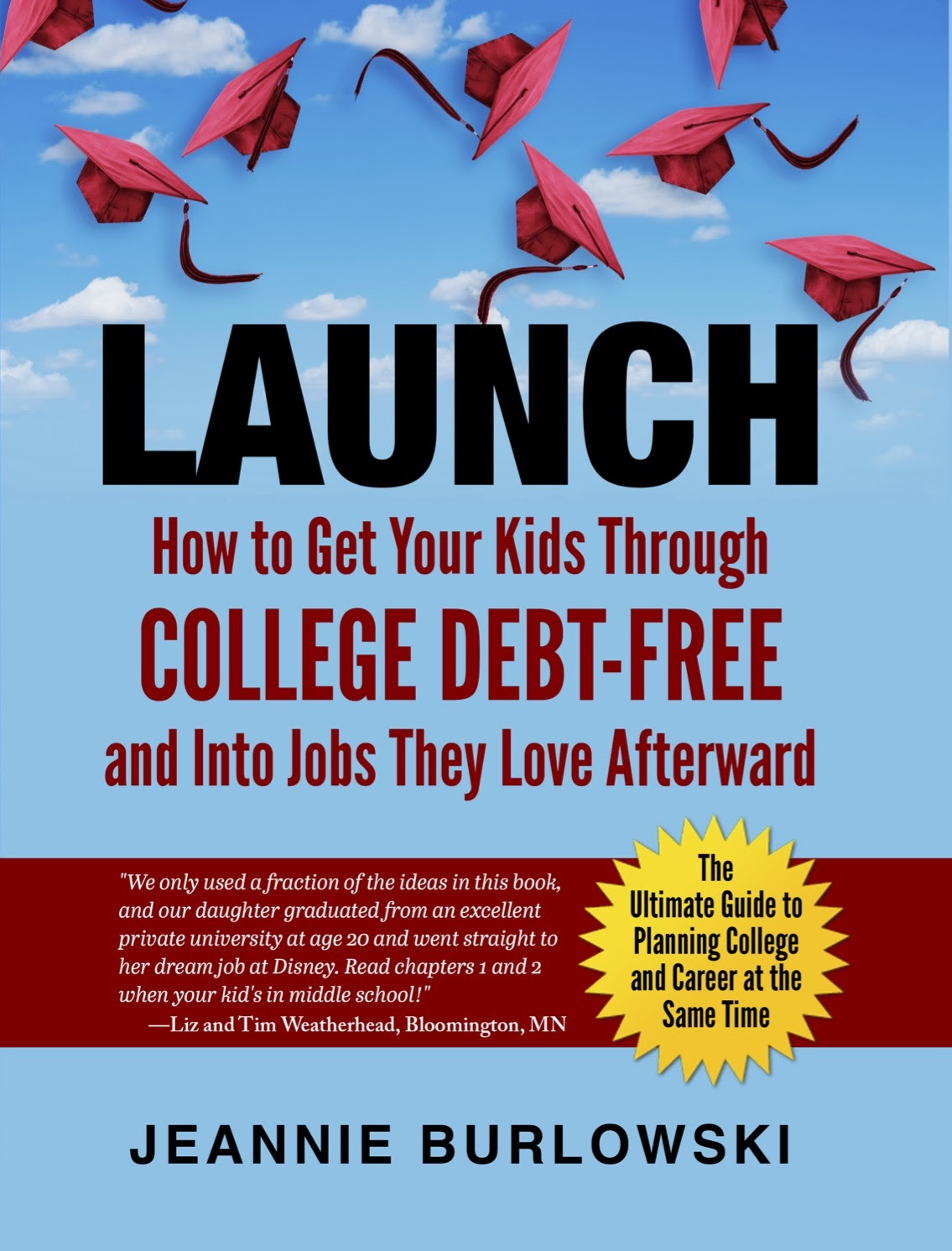You’d love for your son to get loads of free money financial aid to help him pay for college, but you’re pretty sure he won’t qualify for much. Your family lives comfortably, after all. You aren’t poor.
You wonder if filling out financial aid forms is even worth your time.
Seven Reasons Filling Out Financial Aid Forms Is Well Worth Your Time.
1. You can have a high income and still qualify for help.
You make over $200,000 per year and have significant assets? Your kid can still get free “gift aid” money to help pay for college. I’m talking about free money that need never be paid back.
Because this is true, plan to fill out the FAFSA form every October 1st that you’ll have a kid in college the following fall. Put this October date on your calendar now, so you can put your kid(s) first in line for all the financial aid money they have coming.
Subscribe to “email updates” on this site, and I’ll email you special strategies for getting the most possible money out of the FAFSA form, right when you need them.
(Use these instructions to add me to your “safe senders” list, so I show up right in your primary email inbox once each week.)
2. The FAFSA isn’t just about getting PELL grants.
Filling out the FAFSA puts your child in line for nine separate federal student aid programs, over 600 state aid programs, and most of the college-based (institutional) aid available in the US. Wow!
Every year, people who were sure they were too well-off to qualify for any kind of aid are stunned to see what kind of generous help they actually qualify for at some colleges.
3. The FAFSA considers many more factors than just your income.
Your household income may look high at first glance, but income is only one of several factors used to decide your child’s financial aid eligibility. Age of the older parent, household size, whether your family owns a small business, number of family members attending college simultaneously, and many other complex and interwoven factors figure in too. Any one of these factors could greatly increase your family’s eligibility for free money for college.
4. Parents can use multiple strategies to get extra free money for college from the FAFSA form.
I provide 10 (ten) safe, legal, ethical strategies that parents can use to get thousands extra in financial aid money out of the FAFSA form. They’re too numerous to list here, but they’re all carefully detailed in chapter 10 of my book, LAUNCH.
The best time to find out about these strategies and get all set to implement them? The winter and spring of your child’s 9th grade year. If your child is already further along in high school or even in college, though, it’s not too late.
5. If your fortunes happen to suddenly turn for the worse, you’ll want your kid to be in the pipeline to receive help.
Every year there are very wealthy families whose fortunes turn suddenly and unexpectedly for the worse. People lose businesses. They divorce, lose jobs, or suffer house fires. They may get devastating medical diagnoses. If this happens to you, you’ll want your college-age children to be in the financial aid system where they can walk into a college financial aid office and get the help they suddenly need.
6. At the very least, you’ll want to qualify for the very best student loans if those become necessary.
If your child does at some point (against all my pleading) end up taking out some loans to pay for college, you’ll want those loans to be the lowest-interest loans with the best possible repayment terms. The FAFSA form is the doorway not only to every need-based financial aid program in the US, but to the best, lowest-interest student loans as well.
7. It’s possible to politely ask colleges to give your child extra financial aid money.
The process of politely asking is called “an appeal.”
On pages 272 – 273 of my book LAUNCH, I list 12 specific circumstances where you’d be well-advised to ask your son or daughter’s college financial aid office to chip in extra money to help pay her college expenses. Page 273 also includes six sentences you can say to the financial aid office when asking for this help.
I’m Jeannie Burlowski, the author of:
Important—> It’s a reference book, so nobody reads the whole thing cover to cover. Pick out what you need to read in it using the fast-paced, 10-minute video instructions here.
You can see hundreds of reviews of this book on Amazon by going to:
Read just one chapter of LAUNCH every 1–3 months while your child’s in middle school and high school, and you’ll know every viable strategy for debt-free college at exactly the right time to implement it.
And if your child’s already well past middle school? That’s OK; you can run to catch up. But the process of getting your kids through college debt-free goes more smoothly the earlier you start it—especially if you’re not planning to save up any money to pay for college.
Let's you and I walk together toward the goal of debt-free college for your kids.
We can accomplish this no matter your current income level—even if your kids never get a single scholarship.
Your first step is getting regularly scheduled, free helpful articles from me—right in your email inbox. Quick, sign up here.
Do you have very specific questions for me about debt-free college and career for your kids?
My TRIBE Members get the most direct access to me—while feeling good that the pennies per day they spend on the TRIBE help me bring debt-free college strategy to families who could never afford to pay for it. Join my TRIBE Membership waiting list here.
Who is Jeannie Burlowski?
Jeannie is a full-time academic strategist, podcast host, and sought-after speaker for students ages 12–26, their parents, and the professionals who serve them. Her writing, speaking, and podcasting help parents set their kids up to graduate college debt-free, ready to jump directly into careers they excel at and love. Her work has been featured in publications such as The Huffington Post, USA Today, Parents Magazine, and US News & World Report, as well as on CBS News.
Jeannie also helps students apply to law, medical, business, and grad school at her website GetIntoMedSchool.com. You can follow her on Bluesky @jburlowski.bsky.social.
No part of this article was written using AI.



